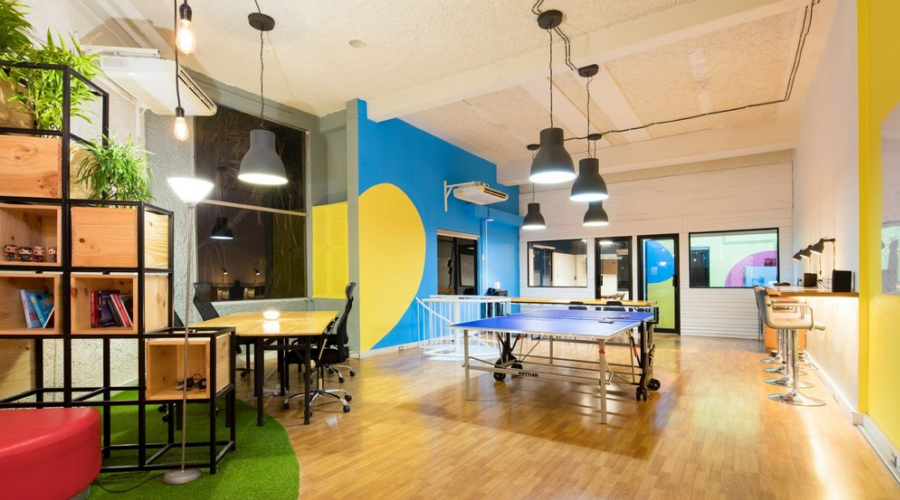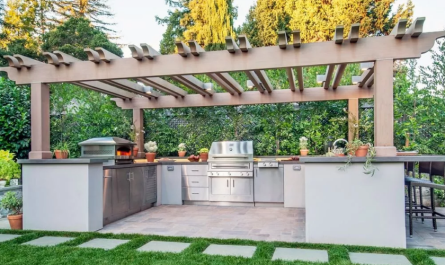Creating a space that’s both beautiful and functional can be a challenge, but with the right approach, you can achieve the perfect balance. Whether you’re working with a small room or a large open area, designing a practical space that also looks great is key to enjoying your home.
Here are some simple tips to help you design spaces that are both attractive and functional.
1. Prioritize Functionality
Before you dive into the aesthetics, consider how the space will be used. Think about the primary function of the room and design around that. Whether it’s a living room, office, or bedroom, practicality should always come first.
Why it works: A functional design ensures that the space serves its purpose, making it easier and more comfortable to use.
Tip: List the main activities that will take place in the space to guide your design decisions.
2. Choose Versatile Furniture
Opt for furniture that serves multiple purposes, especially in smaller spaces. Look for pieces like storage ottomans, fold-out desks, or sofa beds. Versatile furniture maximizes both the functionality and the attractiveness of your space.
Why it works: Multi-functional furniture reduces clutter and enhances the usability of the space.
Tip: Choose pieces that blend with your design style while also offering practical benefits.
3. Use the Right Lighting
Lighting plays a crucial role in both the functionality and aesthetics of a room. Layer your lighting by incorporating ambient, task, and accent lighting. This combination will make the space more usable while also setting the right mood.
Why it works: Good lighting enhances visibility and atmosphere, making the space more inviting and functional.
Tip: Use dimmer switches for flexibility in adjusting the lighting to suit different needs and times of day.
4. Create Zones in Open Spaces
For larger, open-plan areas, create separate zones for different activities. Use rugs, furniture placement, or even different wall colors to define spaces for lounging, dining, or working within the same room.
Why it works: Zoning helps organize large spaces, making them more functional and aesthetically pleasing.
Tip: Ensure each zone is well-defined but maintains a cohesive design style across the space.
5. Maximize Storage
Storage is key to maintaining a practical and tidy space. Choose built-in storage solutions or furniture with hidden storage to keep clutter at bay. This helps the space look clean and organized while making it easier to find what you need.
Why it works: Ample storage reduces visual clutter, making the space more appealing and functional.
Tip: Use vertical space, such as wall-mounted shelves, to increase storage without taking up floor space.
6. Use Color Strategically
The right colors can transform a space, making it feel larger, cozier, or more vibrant. Choose lighter colors for small spaces to make them feel open and airy. Use bold colors for accents to add personality without overwhelming the room.
Why it works: Strategic use of color enhances the mood and perception of space while maintaining a cohesive design.
Tip: Incorporate your favorite colors into décor items like pillows, throws, or artwork for easy updates.
7. Opt for Comfortable Textiles
Soft furnishings like rugs, pillows, and throws can add comfort and warmth to any room. Choose textiles that not only feel good but also complement your overall design. Layer different textures to add depth and interest.
Why it works: Comfortable textiles make a space more inviting while adding visual texture.
Tip: Stick to a neutral base and layer in colorful or patterned textiles for easy seasonal updates.
8. Keep Traffic Flow in Mind
When arranging furniture, make sure to leave enough space for easy movement. Avoid placing large pieces in areas that block doorways or walkways. A good flow ensures that the space is easy to navigate and doesn’t feel cramped.
Why it works: A well-designed traffic flow enhances both the comfort and usability of a space.
Tip: Use smaller, lighter furniture in areas where space is tight to avoid obstructing movement.
9. Add Personal Touches
Incorporate items that reflect your personality and style. Whether it’s artwork, family photos, or souvenirs from your travels, personal touches make the space uniquely yours. These items add character without sacrificing practicality.
Why it works: Personal décor items create a space that feels lived-in and meaningful while still being functional.
Tip: Display items in a way that doesn’t overwhelm the room, such as curated gallery walls or minimalist shelves.
10. Declutter Regularly
No matter how beautifully designed a space is, clutter can quickly make it feel disorganized and unattractive. Make a habit of regularly decluttering to keep your space looking fresh and functional.
Why it works: A clutter-free space feels more open, organized, and aesthetically pleasing.
Tip: Use baskets, trays, or decorative boxes to keep everyday items organized and out of sight.
Final Thoughts
Designing an attractive and practical space is all about balance. By focusing on functionality first and layering in design elements like color, lighting, and personal touches, you can create a space that looks great and works even better. Use these tips to transform any room into a stylish, comfortable, and practical area.







